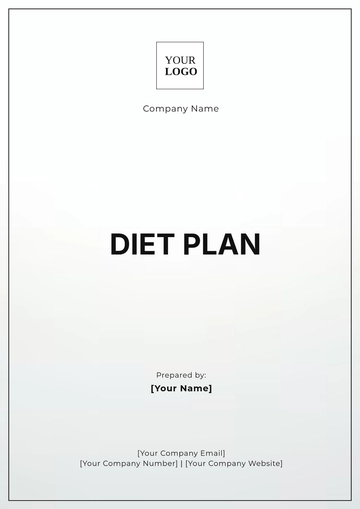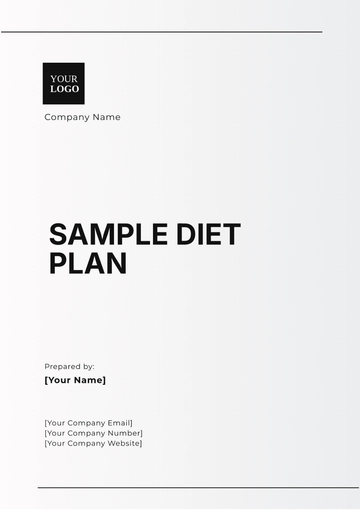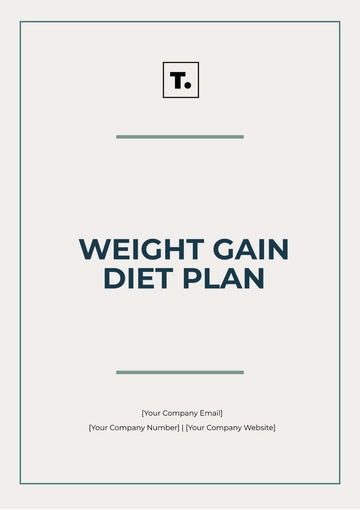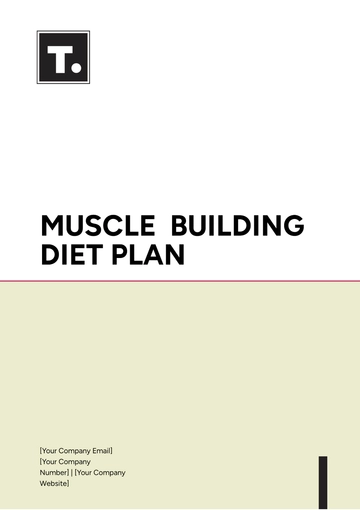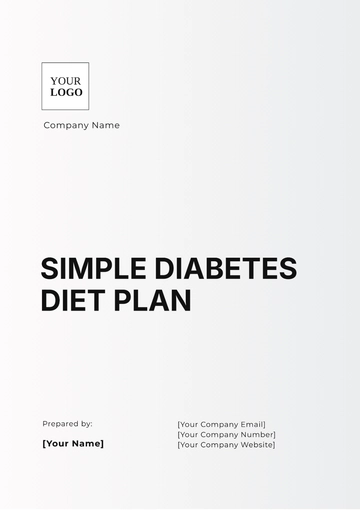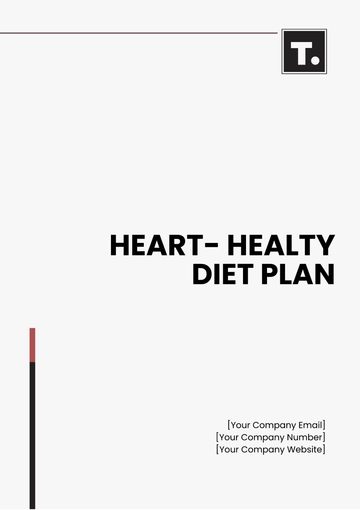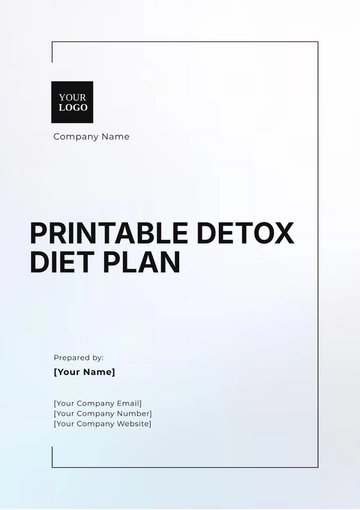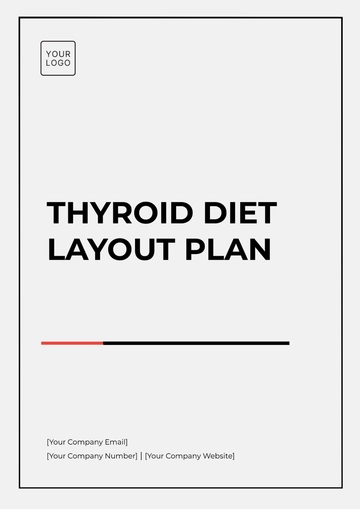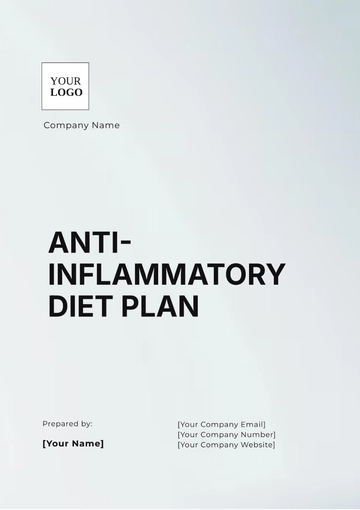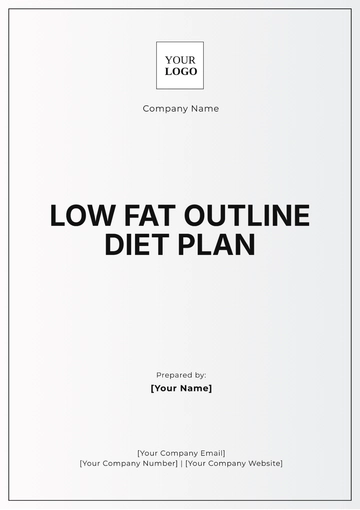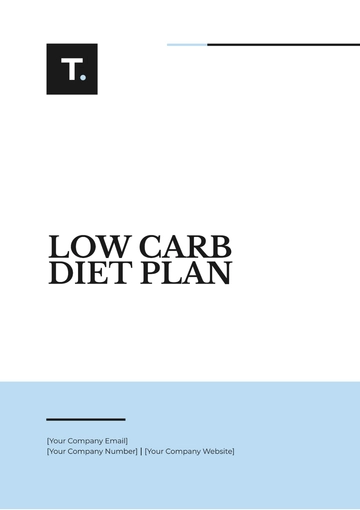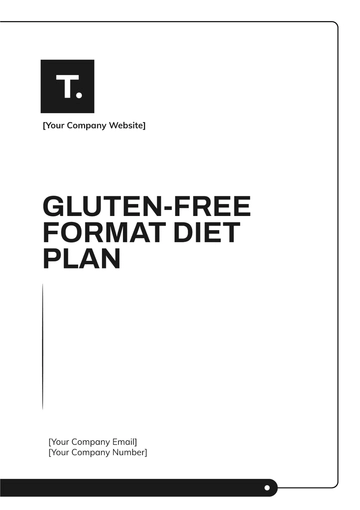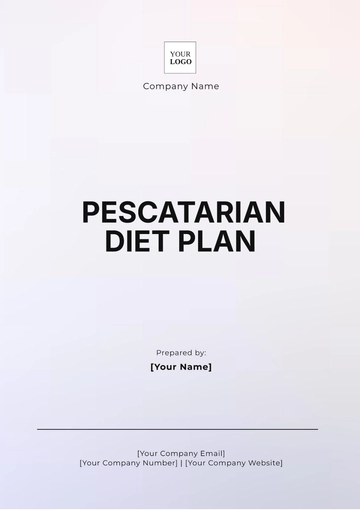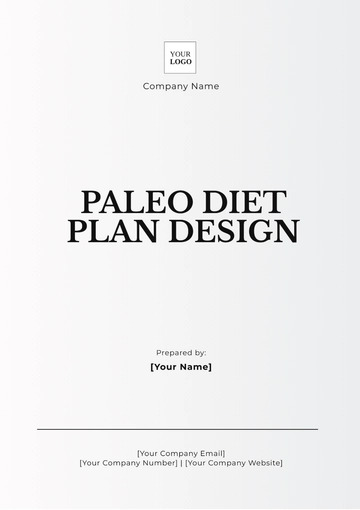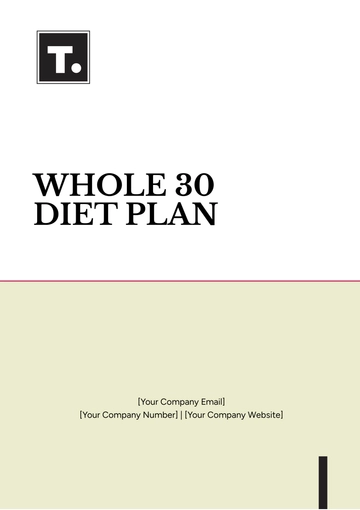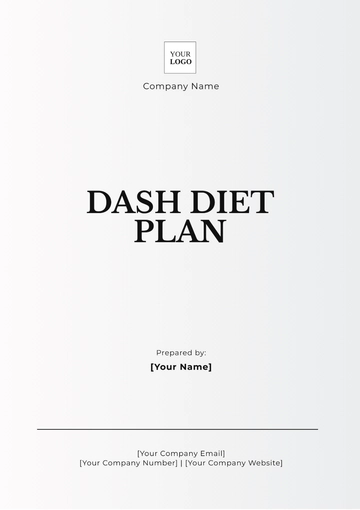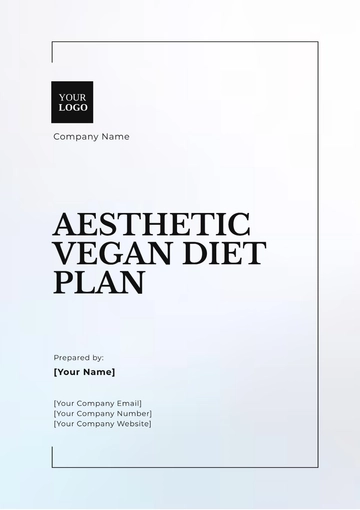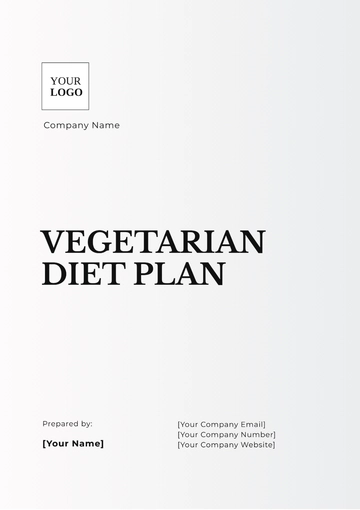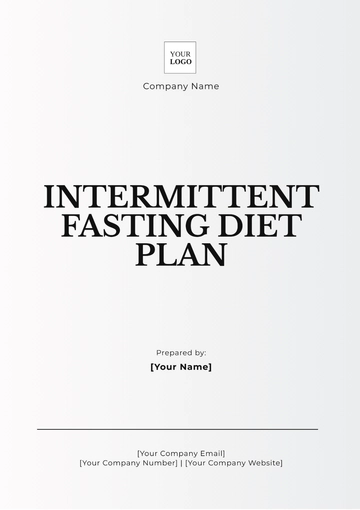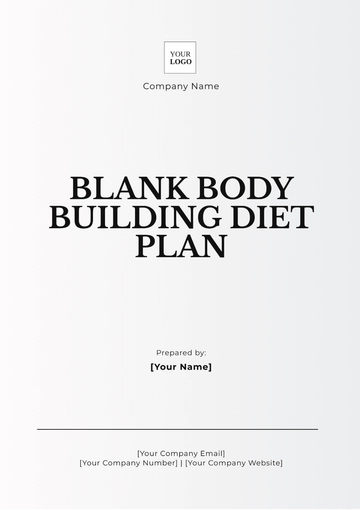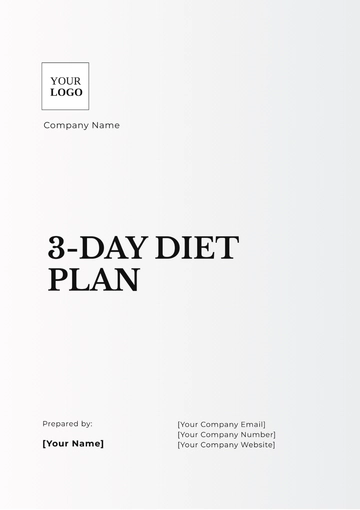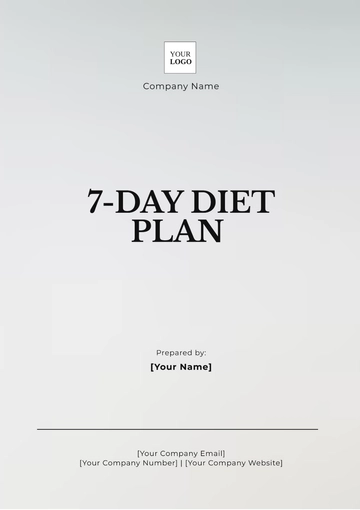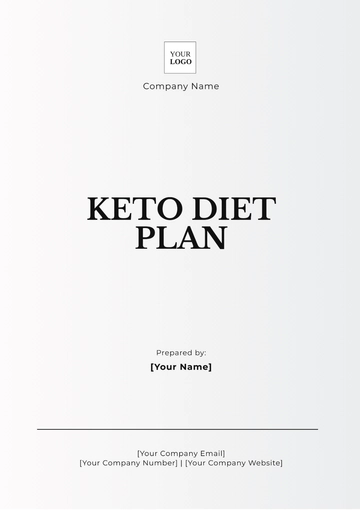Free Gluten-Free Format Diet Plan
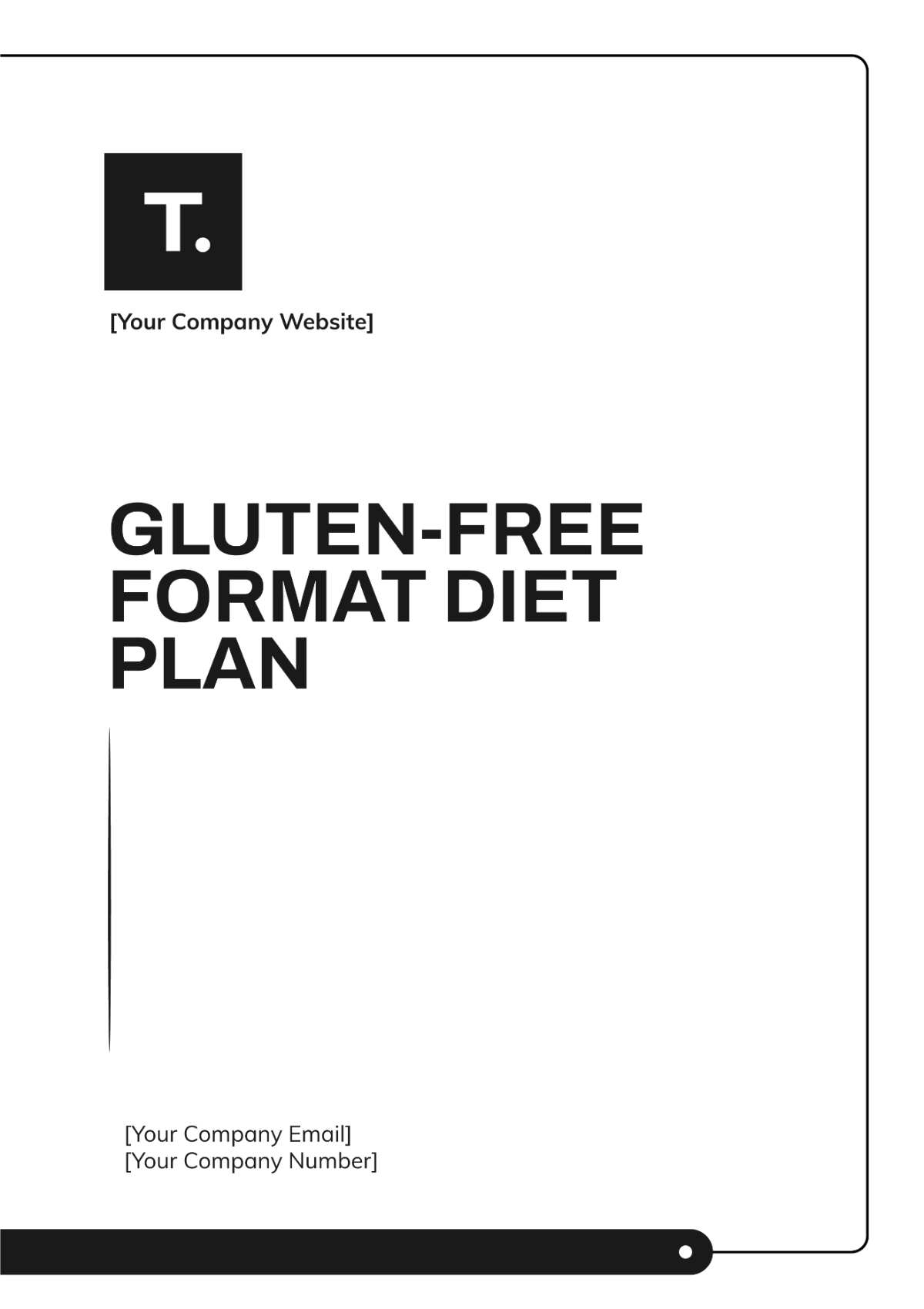
I. Introduction
A gluten-free diet is essential for individuals with celiac disease or gluten sensitivity, providing a structured approach to maintaining a healthy and balanced diet while completely eliminating gluten. This plan aims to guide you through understanding gluten, its sources, and how to implement a nutritious gluten-free lifestyle effectively.
II. Understanding Gluten
Gluten is a protein found in wheat, barley, and rye. While it is safe for most people, it can cause severe adverse reactions in certain individuals, particularly those with celiac disease or non-celiac gluten sensitivity.
A. Celiac Disease
Celiac disease is an autoimmune disorder where the ingestion of gluten triggers an immune response that damages the small intestine's lining. This can lead to nutrient malabsorption, resulting in various health issues, including:
Chronic diarrhea
Weight loss
Fatigue
Osteoporosis
Neurological disorders
B. Non-Celiac Gluten Sensitivity
Non-celiac gluten sensitivity causes gastrointestinal and non-gastrointestinal symptoms similar to celiac disease but without the accompanying intestinal damage. Common symptoms include:
Bloating
Abdominal pain
Fatigue
Headaches
Foods Containing Gluten
To maintain a gluten-free diet, it's crucial to avoid foods containing gluten, such as:
Breads: traditional wheat, rye, and barley bread.
Pasta: Standard pasta made from wheat.
Rice: Some flavored rice products may contain gluten.
Cereals: Many breakfast cereals contain wheat or barley.
Baked goods: Cookies, cakes, and pastries often use wheat flour.
III. Elements of a Gluten-Free Diet
A. Naturally Gluten-Free Foods
Focus on incorporating these naturally gluten-free foods into your diet:
Fruits: All fresh fruits are gluten-free and rich in vitamins and antioxidants.
Vegetables: Fresh, frozen, or canned (without sauce) vegetables.
Meat and Fish: Unprocessed meats and fish are safe, but avoid breaded or batter-coated varieties.
Eggs: A nutritious and gluten-free protein source.
Dairy: Most plain dairy products, like milk, cheese, and yogurt, are gluten-free. However, check for added ingredients.
Legumes: Beans, lentils, and chickpeas are excellent sources of protein and fiber.
Rice: A versatile gluten-free grain.
Quinoa: A high-protein grain alternative rich in fiber and essential amino acids.
Potatoes are naturally gluten-free and a good source of carbohydrates.
B. Gluten-Free Grains
Incorporate gluten-free grains into your meals.
Rice: brown, white, and wild rice varieties.
Quinoa: A nutrient-dense grain with a complete amino acid profile.
Amaranth: A gluten-free grain high in protein and fiber.
Buckwheat: Despite its name, it is gluten-free and rich in antioxidants.
Teff: A tiny grain high in protein and calcium, often used in Ethiopian cuisine.
C. Gluten-Free Packaged Foods
Many packaged foods are labeled gluten-free, but it is crucial to read labels to ensure no cross-contamination occurs. Look for certified gluten-free labels when shopping.
IV. Meal Planning and Preparation
A. Breakfast Ideas
Fruit smoothies with gluten-free protein powder: Blend your favorite fruits with a scoop of gluten-free protein powder and dairy or non-dairy milk for a nutritious start.
Gluten-free oatmeal: Use certified gluten-free oats topped with fruits, nuts, or seeds.
Scrambled eggs with vegetables: Add spinach, tomatoes, or bell peppers for a hearty breakfast.
B. Lunch Ideas
Quinoa salad with vegetables: Combine cooked quinoa with fresh vegetables, herbs, and a lemon-olive oil dressing.
Grilled chicken with mixed greens: Toss grilled chicken breast with a variety of leafy greens and a gluten-free dressing.
Gluten-free sandwich with turkey and avocado: Use gluten-free bread filled with lean turkey, avocado, and fresh veggies.
C. Dinner Ideas
Grilled salmon with quinoa and asparagus: A balanced meal with omega-3 fatty acids, protein, and fiber.
Beef stir-fry with rice noodles: Use gluten-free rice noodles with a mix of colorful vegetables and lean beef.
Vegetable curry with gluten-free rice: Cook a variety of vegetables in coconut milk and curry spices, served over gluten-free rice.
D. Snack Ideas
Hummus with gluten-free crackers: A protein-rich dip paired with gluten-free crackers or fresh veggies.
Fresh fruit: Opt for seasonal fruits for a healthy, sweet snack.
Yogurt with honey: Choose plain yogurt and drizzle with honey for a natural sweetener.
V. Tips for Dining Out
When dining out, communicate your dietary needs clearly to the staff. Opt for restaurants that offer a dedicated gluten-free menu or are willing to accommodate gluten-free requests. Here are some additional tips:
Research menus in advance and call ahead if necessary.
Avoid fried foods unless cooked in gluten-free oil.
Be cautious with sauces and dressings, as they may contain gluten.
VI. Common Pitfalls to Avoid
A. Cross-Contamination
Ensure that food preparation areas and utensils are free from gluten contamination. This includes using separate cooking equipment and storage.
B. Misleading Labels
Read food labels carefully to avoid gluten in disguise. Ingredients like malt (from barley) and certain thickeners may contain gluten.
C. Overreliance on Processed Foods
While many packaged gluten-free products are available, focusing on whole, naturally gluten-free foods is crucial for optimal nutrition.
- 100% Customizable, free editor
- Access 1 Million+ Templates, photo’s & graphics
- Download or share as a template
- Click and replace photos, graphics, text, backgrounds
- Resize, crop, AI write & more
- Access advanced editor
Transform your wellness journey with the Gluten-Free Format Diet Plan Template. This customizable template simplifies meal planning, ensuring you enjoy delicious, gluten-free meals without the hassle. Easily downloadable and printable, it fits seamlessly into your lifestyle. Plus, it's editable in our AI Editor Tool, allowing you to tailor it to your unique dietary needs. Offered by Template.net, this template is your key to healthier eating habits!
